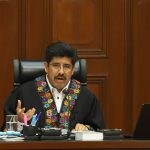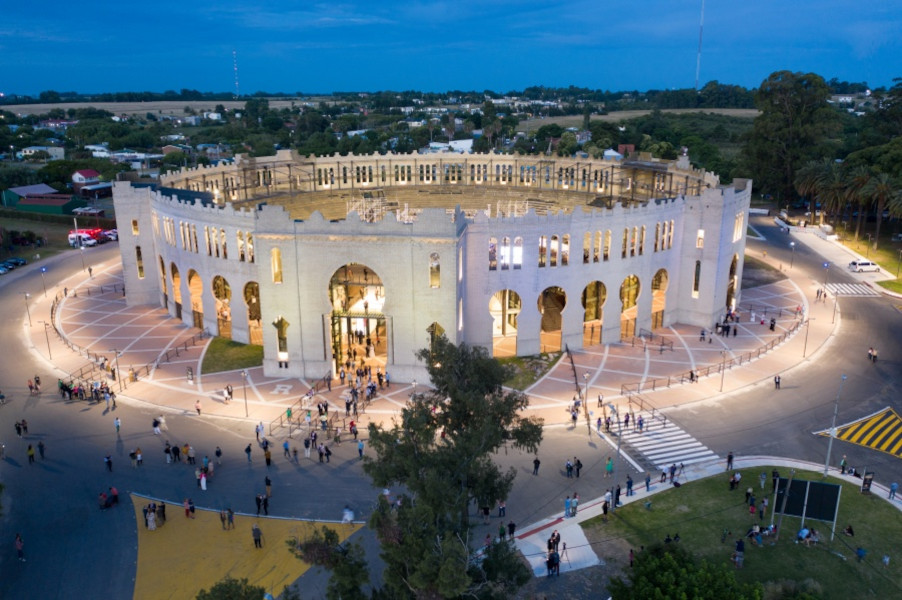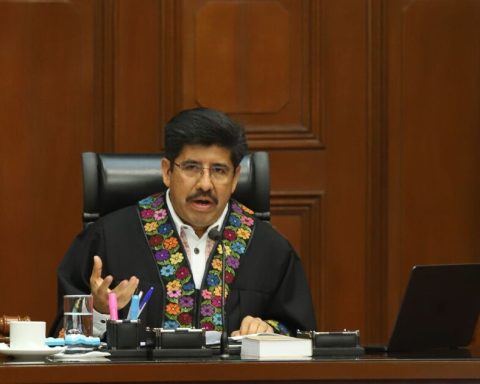On Thursday, the price of dollar continued to be a topic of great interest and concern for both citizens and economic analysts. In a context of high volatility and constant fluctuations, the blue dollar and the official dollar showed significant movements that reflect the complex economic situation of the country.
He dollar official, controlled by the Central Bank of the Argentine Republic (BCRA), closed the day on Thursday, November 7 at $966.62 for purchase and $1026.60 for sale. This exchange rate is used mainly for official commercial and financial operations, and its value is determined by the monetary policies of the BCRA.
Throughout the day, the official dollar showed relative stability, although with a slight upward trend, reflecting inflationary pressures and demand for foreign currency in the market. On the other hand, the blue dollar, which is traded in the informal market, closed at $1,100 for purchase and $1,120 for sale.
This parallel exchange rate is usually higher than the official one due to high demand and limited supply of dollars in the informal market. The gap between the official dollar and the blue dollar remained significant, reflecting distrust in the formal economy and the exchange restrictions imposed by the government.

Fountain: Dollar Today
This Friday, November 8, the dollar blue is trading at $1100 to buy and $1120 to sell. Meanwhile, the official dollar is trading at $974.50 for purchase and $1014.50 for sale. The difference between the official dollar and the blue dollar has a significant impact on the Argentine economy.
On the one hand, companies that import goods and services must use the official dollar, which can result in lower costs compared to the blue dollar. However, restrictions on accessing official dollars may lead some companies to turn to the informal market, increasing their costs and, ultimately, prices for consumers.

Price
On the other hand, the dollar blue is an indicator of confidence in the economy. A wide gap between the official dollar and the blue dollar suggests distrust in economic policies and a preference for the informal market. This can lead to greater dollarization of the economy, where citizens and companies prefer to keep their savings and carry out transactions in dollars instead of pesos.
The government has implemented several measures to try to control the price of the dollar and reduce the exchange gap. These include restrictions on the purchase of dollars, taxes on transactions in foreign currency and direct intervention by the BCRA in the exchange market.
follow us on Google News and on our channel instagramto continue enjoying the latest news and our best content.


















